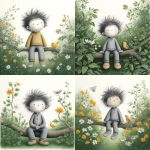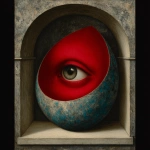Explore the Best AI Image Gallery
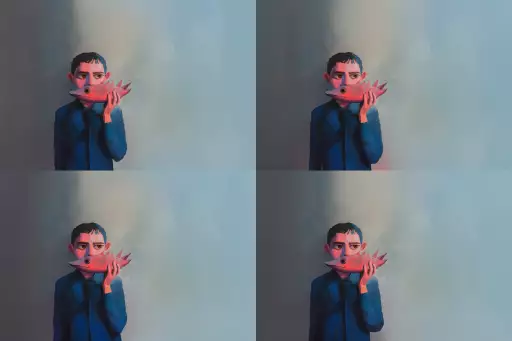
The Woven Canvas: Wearable Techs Influence on the Creative Industry
Wearable technology has emerged as a powerful force, reshaping industries and redefining human interaction. Its impact on the creative sector is particularly profound, offering artists, designers, and innovators new tools to express themselves, collaborate, and push the boundaries of imagination. From immersive experiences to personalized creations, wearable tech is weaving a vibrant new canvas for artistic expression.
A Symphony of Senses: Wearable Techs Creative Applications
The applications of wearable tech in the creative industry are as diverse as the artists themselves:
- Interactive Installations and Performances: Imagine a dance performance where movements trigger lights, sounds, and projections synced to a wearable sensor network. Or an art installation that responds to viewers emotions detected through biofeedback devices.
- Augmented Reality (AR) Art Experiences: Wearable AR headsets can overlay digital elements onto the real world, creating immersive art experiences where viewers interact with virtual sculptures, paintings, or even entire worlds.
- Personalized Creations: From 3D-printed jewelry designed with wearable sensors to fashion garments that change color based on mood, wearable tech empowers individuals to create unique, personalized artistic expressions.
- Collaborative Design and Production: Wearable devices can facilitate real-time collaboration among artists, designers, and engineers. Imagine a team of architects designing a building while wearing haptic feedback gloves that allow them to feel the virtual structures dimensions and textures.
Navigating Ethical Considerations
As with any powerful technology, wearable tech in the creative industry raises ethical considerations:
- Data Privacy and Security: Wearable devices collect vast amounts of personal data, including biometric information and location. Ensuring responsible data handling practices and user consent is crucial.
- Algorithmic Bias: AI algorithms used in creative tools can perpetuate existing biases if not carefully designed and monitored. Addressing algorithmic fairness is essential for inclusive and equitable creative expression.
- Accessibility and Inclusivity: Wearable tech should be accessible to individuals with diverse needs and abilities. Designing for inclusivity ensures that everyone can participate in the creative process.
Future Trends: The Evolving Canvas
The future of wearable tech in the creative industry is brimming with possibilities:
- Brain-Computer Interfaces (BCIs): Imagine controlling art creations directly with your thoughts, unlocking a new dimension of intuitive artistic expression.
- Immersive Storytelling: Wearable devices will enable interactive and personalized storytelling experiences, blurring the lines between reality and fiction.
- Sustainable Creativity: Wearable tech can contribute to sustainable creative practices by minimizing waste and encouraging resource efficiency.
Conclusion
The integration of wearable technology into the creative industry is a transformative journey. It empowers artists, designers, and innovators to explore new frontiers, collaborate in unprecedented ways, and shape the future of artistic expression. By embracing its potential while navigating ethical considerations, we can unlock a world where creativity knows no bounds.

](https://images.ai-img.art/thumbnails/150/1b14bd827b740aca3b0d8efa7ed6865e28c7c8382172f3f565c96b6c5f64ca78.webp)

](https://images.ai-img.art/thumbnails/150/6a9bb97a3f1c45ab616724cc54bca010cbcc2d658a9c0e4581aa181c88046444.webp)


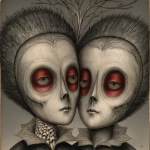
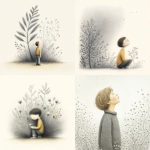






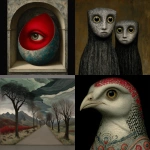




](https://images.ai-img.art/thumbnails/150/065f0b2e150f4cc43a9da80d822e8a385e9e50f2f6ff2cc3be7639cfd74952da.webp)



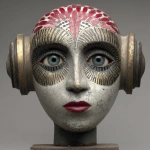



](https://images.ai-img.art/thumbnails/150/6a577517a359cd2bc6212d6b0f12c7cab660841317023550a76c84f409c7f2d0.webp)



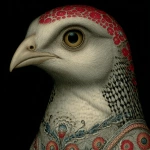

](https://images.ai-img.art/thumbnails/150/45237dfa7845159b860f9e234c48c4418e8efcb52b4d15da4493f46e6a99f337.webp)










